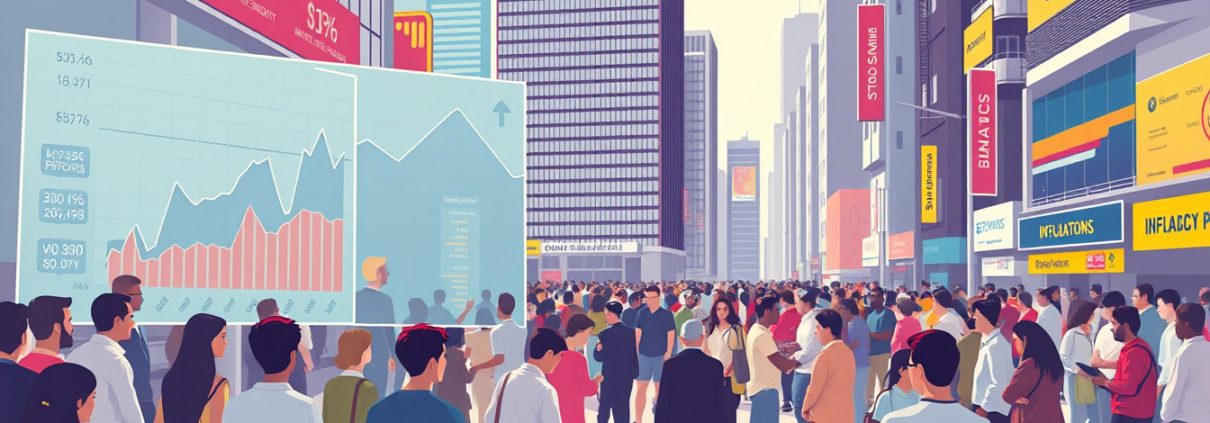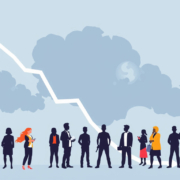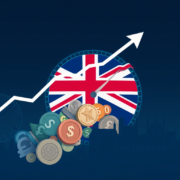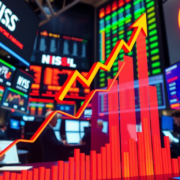🔬 Behind the Numbers: Inflation Research, Market Moves & Social Disparities
The discussion links inflation, market moves, and social effects of economic policy. Critics show that official speech misleads or leaves facts out. This article looks into market strain, price shifts, and deep social gaps.
Inflation: Transitory or Persistent?
At the start of the COVID-19 response, leaders labeled inflation as short-term. They spoke this way to calm the public and keep trust in low rates. Still, when inflation climbed—at times nearing 9.1%—it became clear the rise would keep going.
- The U.S. government spent $6.3 trillion to fight the economic fallout of the pandemic, a move that pushed up prices.
- Some top officials gave mixed signals; for instance, Janet Yellen first played down the rise in prices and later mentioned weak recession risks.
- Critics claim these claims helped keep stock prices high. Without such talk, the markets might have dropped sharply.
Market Manipulation and the “Rigged” System
Some experts see government and business moves push up equity prices by other means. This scene makes the economy seem stronger than what the data shows:
- Even when indicators like GDP point to weak growth, markets rise, sparking doubts about true economic health.
- Big banks and ties between state and business repeat the idea that a small group keeps its own profit while hiding facts.
- Actions to maintain high market values help large companies and rich investors. Many people pay the cost through growing inequality.
Impact on Businesses and Urban Life
Ongoing shifts in policy and the economy hurt small firms and cities:
- Cities like New York, Chicago, and San Francisco now report office use dropping to around 35%–40%, far below old levels.
- The drop in commuters affects shops such as dry cleaners, shoe repair stores, and local cafés.
- Many small stores have closed, and commercial properties that struggled before now face harder times.
- With many choosing remote work, demand for office space drops, changing the rhythm for both workers and managers and shifting city life.
Geopolitical Complexity and Its Economic Consequences
World events add another layer to domestic problems:
- The conflict in Ukraine and disputes involving Taiwan now stand out in global fights.
- Past U.S. moves abroad often aimed for economic gain while speaking of freedom and fairness.
- Warnings from founders like George Washington to avoid deep foreign ties show a path not marked by today’s steps.
- These global fights bring more risk, shake up trade, and pull resources away, all of which push prices higher.
A Grim Outlook for Socioeconomic Stability
With so many challenges at hand, many experts worry about major changes ahead:
- The harm from the pandemic mixed with policy moves and structural shifts could shake social stability.
- The gap between rich elites and most people grows as market tactics favor those at the top.
- As prices keep rising and real growth slows, communities, small businesses, and even global ties may suffer.
Key Takeaways
- Inflation stays longer than officials first said.
- The stock market gets a boost from inside moves that stray from real economic signs.
- Small businesses and urban centers face deep damage as work patterns and spending change.
- Global fights confuse the view of local and national matters.
- The current path leads to a serious social challenge for everyday people.
FAQs
Q1: Why was inflation first called “transitory” by officials?
Officials thought that the extra funds used during the pandemic would push prices up only for a short time. They expected that supply and demand would soon return to normal. Yet ongoing issues and repeated spending made inflation last longer.
Q2: How have lower office numbers affected small shops?
Fewer workers in city centers mean fewer customers for local stores, cafés, and service providers who depend on daily foot traffic.
Q3: What role do global tensions have on inflation and markets?
World conflicts add risk, slow the flow of goods, and force more spending on defense. Each of these points works to push prices higher and stir up market swings.









